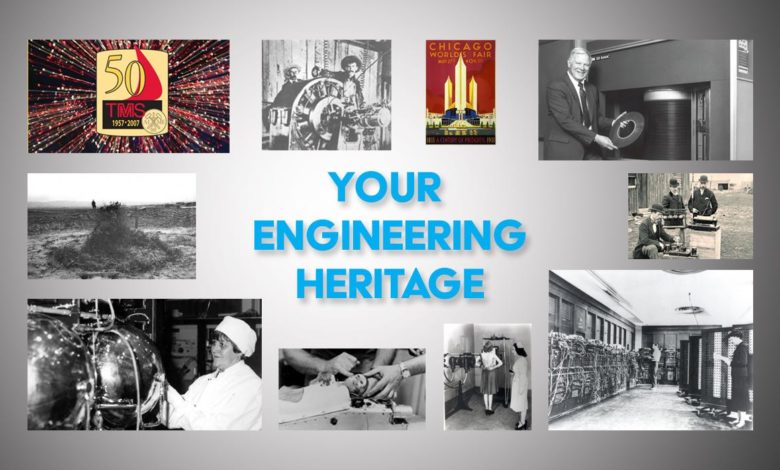
Many of us would be happy to make our mark in one field. Imagine revolutionizing two fields. From time to time, this column has featured individuals who were trained as electrical engineers but became known for other endeavors (the British comic actor Rowan Atkinson was an early example). This month we would like to feature an individual who became well-known both as an electrical engineer and later in another endeavor. Readers of this column should all be professionally aware of the importance of electrical engineering and computing. Many will also be personally aware of genealogy, the study of tracing one’s lineage and family history. Genealogy is one of the fastest growing hobbies (and businesses) in the U.S., and there are numerous websites devoted to it, some free and some open by subscription. Commercial software, freeware, shareware and open-source software are available to help one trace one’s roots.
Those bitten by the genealogy bug may recognize the name Dr. Stephen P. Morse, the designer and operator of the “One-Step” portal maintained on www.stevemorse.org. This Web site enables the researcher to enter partial data and efficiently search a variety of historical records to find information on individuals of interest. Dr. Morse began his public genealogical career when his private researches led to frustration with the newly launched Ellis Island Database maintained by the Statue of Liberty-Ellis Island Foundation. He put his technical expertise to use to build a user-friendly front end that would eliminate the multiple steps required by the original Ellis Island search engine. He made his interface freely available on the web, and a phenomenon was born. He continued to add databases to his site, as well as special features such as automated transliterators. With linguist Alexander Beider he developed an improved phonetic matching system — a necessity for people whose ancestors had to deal with careless immigration officials and/or came to America from countries that did not use the Roman alphabet. As his web site grew, so did his thousands of daily visitors and his reputation among the genealogy community, which has recognized him with various awards.
But what was his technical expertise that made this possible? Well, Stephen P. Morse, genealogist, had a previous life as Stephen P. Morse, computer engineer. Because this Stephen P. Morse is the same individual who was the designer of the x86 architecture that underpins so much of modern computing!
Born in Brooklyn in 1940, Stephen Morse attended CCNY, Polytechnic Institute of New York and NYU, from which he received his doctorate. After stints at Bell Labs, IBM Research and the GE R&D laboratory in Schenectady, he moved to Intel where he was tasked with designing a stopgap between current technology and an ambitious project called the 8800 (later marketed as the 432). In 1976, the result came, the 8086, and the rest is the history or perhaps the genealogy of the PC!






